Why Conflict-Free Diamonds are Problematic: The Truth About Blood Diamonds
Introduction
Lately I have been seeing a lot of conversations in the ethical jewelry space around the term “conflict-free”. When I first set out on this jewelry journey in 2017 conflict-free seemed like a positive cause that I should get behind and I didn’t ever give it a second thought.
Then I started seeing some jewelers and activists call out the Kimberly Process so I decided to do some research to see what’s actually going on. “Boycott the Conflict-Free Diamond” by Reflective Jewelry really breaks it down and was a rabbit hole I was not expecting. Sharan Z Jewelry also has an article I highly recommend called “Conflict-Free - Does it Mean What you Think It Means? Great Question” for some further reading as well. And of course there is the Times article on Blood Diamonds.
My goal for this article is to present all the facts that I have found to the best of my ability on the topic of ethical diamonds and the conflict-free diamond, so that anyone reading this article can be equipped with more information to make a more informed choice.
Every gemstone has their own nuances and issues in their supply chains. But it is for certain that diamonds are on another level altogether. Diamonds are found all over the world and the issues associated with diamond mining vary greatly from region to region even within the African continent.
I also want to disclose at the beginning of this post that my company Valley Rose focuses on sourcing diamonds through trusted Artisanal Small-scale Mines (ASM) with known provenance, Certified Canadian Diamonds, certified Recycled diamonds and lab diamonds made from carbon pollution. We source each diamond based on our customer’s individual needs and values.

What is a conflict diamond?
Conflict diamonds are defined as “rough diamonds used by rebel movements or their allies to finance conflict aimed at undermining legitimate governments.”
Conflict diamonds have been known to come from areas like Angola, Central African Republic, the Democratic Republic of Congo, Liberia, and Sierra Leone.
The Kimberly Process certification scheme is an organisation that aims to prevent the sale and trade of conflict diamonds from entering the market and to guarantee diamonds as “Conflict-free.”
It is estimated that anywhere from 5-15% of total annual diamond traffic are still conflict diamonds. This number while we wish it could be 0 is much lower today because of the Kimberly Process.
What is a Blood Diamond?
Conflict Diamonds are colloquially referred to as Blood Diamonds. According to wikipedia: "The term is used to highlight the negative consequences of the diamond trade in certain areas, or to label an individual diamond as having come from such an area."
The term Blood Diamond became more widely known after the release of the 2006 political thriller film "Blood Diamond" starring Leonardo DiCaprio. The movie is set during the Sierra Leon civil war and portrays not only the atrocities that took place but also how diamonds were used to finance the conflict and create profits for the warlords. The film ends in Kimberly South Africa and references how the Kimberly Process certification scheme was created.
The Kimberly Process is now ubiquitous however human rights issues in diamond mining are still happening.
A few of the many issues with the Kimberley Process certification is that it is easy to forge and it has been proven that diamonds tied to human rights issues are still entering the market. Since the certification scheme was deployed its’ regulatory procedures have been undermined and have struggled to tackle the complicated corruption issues within the diamond trade. Also Kimberly Process diamonds not traceable.
Since 2003 every carat of diamond rough coming into the USA for sale legally has to be “conflict-free” because of USA diamond import regulations. But unfortunately because of the narrow specificity of this certification and the certifying procedure weaknesses and loopholes it has waned in credibility and reliability. This embargo on non Kimberly Process diamonds also only applies to diamond rough meaning only uncut and polished diamonds, adding to the regulatory confusion and loopholes.
But isn’t stopping the purchase of blood diamonds a good thing?
Yes of course but there is so much more to it. The now feel good term “conflict-free” probably conjures up images of miners being paid fairly and having a safe and equitable work environment. That sentiment is not an accident and can be attributed to widespread marketing messaging that inadvertently position conflict-free as a reliable blanket solution for ethical diamonds.
Unfortunately stopping diamonds from being used to finance rebel conflict is only one part of the myriad of issues in the diamond industry. Conflict-Free certification does not cover: fair pay, slave labor, violence, child labor, unsafe working conditions, cutting and polishing labor, and environmental damage.
We feel that ‘Conflict-Free’ has now been inadvertently misrepresented by jewelry and diamond industry. To be the devil’s advocate on behalf of the jewelry world for a moment, the gold and gemstone trade is very opaque even to us insiders and the scope of Conflict-Free certification is very confusing.
Conflict-Free may be positioned as a vague holistic ethical solution which it is not completely accurate. Conflict-free only covers a vey specific diamond mining issue in very specific regions and nothing more.
The Kimberly Process is in A Downward Spiral
While the Kimberly Process did greatly reduce the number of conflict diamonds on the market it has also in a way delayed restitution and comprehensive protections to diamond miners that are still in peril today and continues to make questionable choices.
The Kimberly process certification scheme is an international body that is made up of 54 participants representing 81 countries and diamond organisations. In 2023 the governing body unanimously voted in Zimbabwe as Vice-Chair, a deeply problematic decision as they have a a long history of government run diamond mines tied to human rights atrocities.
Since it’s inception in 2003 the Kimberly Process has failed to incorporate human rights and environmental protections in their diamond sanctions and has been repeatedly called out by organisations like Human Rights Watch. They have also missed many opportunities to ban export of diamonds tied to known child labor and mines controlled by armed groups. There have been many technicalities over the years of diamonds associated with human suffering slipping through the cracks as they do not meet the specific requirements for an embargo.
The Kimberly Process has been very slow to expand the regulatory definitions outside of the narrow focus on anti-government rebel groups and it doesn’t seem like it will happen any time soon. There has been some movement on these talks recently but still no actionable path forward.

Boycotting mined diamonds isn't the answer.
It is not a cut and dry issue. There are still many artisanal diamond miners around the world that are not in conflict areas, operate legal legitimate businesses and are also not tied to human suffering.
These vital businesses heavily rely on diamond mining for their income source. Simply boycotting all mined diamonds is not an ethical solution as it would be devastating for these businesses and in turn their communities.
Because of diamonds’ current intrinsic value in our society, diamond mining will continue whether we do it the right way or the wrong way. So a much needed reformation and incorporated traceability with stricter regulations is greatly needed.
What the diamond industry greatly lacks is transparency, but it is improving every year thanks to consumer demand for ethical solutions.
Today consumers can trace the source of their food, wine, coffee and even clothes with programs like fair trade initiatives that make these commodities traceable and ensure ethical conditions. Bur for high end luxury materials like diamonds it’s very surprising that there is still nothing widely available. It is our dream to have a more a robust third party regulation for diamonds which would cover: fair pay, safety, child labor prevention, traceability, environmental protection and safeguards to protect from corporate interference.
There has been a few promising programs emerge as we will outline later, but it will take a few more years for development and deployment as earth mined diamonds have so many moving parts and this industry is notoriously slow to make changes.
There is something like this available for gold under the fairmined certification program that proves this is totally feasible as the conditions and regulations are similar to diamonds.
Beyond Conflict-Free: ethical mined diamonds and traceability.
Traditional mined diamonds are notoriously difficult to trace. First all the gemstone rough gets collected from various miners in a region, then it all gets mixed together in distribution centers like Antwerp before it is purchased on the open market and sent to cutting centers in Asia. Each carat can change hands 10 times with a minimal paper trail excluding Kimberly Process. Usually it’s a race to the bottom for the rough and polished market as jewelers and diamond buyers prioritize diamond quality and price over provenance, conditions of the miners and fair pay for those at the bottom. The specifics of the diamond source is very rarely asked for, making the whole diamond trade heavily rely on anonymity. This culture of anonymity and biggest profit margins for the top is what drives the inequality and lack of transparency.
Traceability is a very important first step towards ethically mined stones as it brings a level of accountability to the supply chain.
But there are some alternatives available today at various stages of development.
Canadian Diamonds have been on the market for a while. These diamonds are mined in Canada and the labor, safety and environmental procedures are protected by Canada’s high standards. These diamonds are also 100% traceable. Every Canadian mined diamond is given a Canada mark maple leaf engraving for added assurance. The fault of the Canadian diamonds is while they do offer better environmental safeguards than most mines of their size, they can never have zero impact due to the inherent process of mining. Oftentimes the diamond cutting labor is overlooked and has also had ties to human suffering and child labor in India and Asia. With Canadian Diamonds they also have strict regulations for the cutting labor.
There are also diamonds found on the sea floor. And a new company has emerged that offers marine mined diamonds with known provenance that are hand mined by professional divers off the coast of South Africa. The company is called Ocean Diamonds and their diamonds are extracted in a way that offers lower impact than traditional terrestrial mining using small boats and minimal equipment. They even stagger their diving expeditions only working when conditions are perfect and optimal for minimal environmental disturbance. They also guarantee full transparency, provenance and and have a strict human rights policy.
There has been a program put out by SCS global services called the Sustainably Rated Diamond 007 certification but at the time of writing this post only lab diamond companies have been certified. There are plans to expand it into earth mined diamonds but it will take a few more years as earth mined diamonds have so many moving parts.
There is an emerging notable program that is now in development called GemFair. According to their website: “GemFair enables the tracing of artisanally produced diamonds from mine to market through specially tailored technological solutions, with miners also benefiting from the support of our expert local team.” Gemfair is currently working on commercialization to make them accesible to ethical jewelry designers.
Maendeleo Diamonds Or the Maendeleo Diamond Standard (MDS) is a nongovernmental organisation. According to their website it is a certification system that “bridge responsible diamond sector supply chains to protection of the fundamental rights of artisanal miners and their communities. The idea is not just better prices for artisanally mined diamonds, but a system of legalized mining operations that respect human rights, health and safety, and support environmental sustainability.” But the timeframe for the commercialisation of these diamonds remains unclear.
Purchasing Diamonds Comes Down to Personal Choice and the Individual’s Values.
I recently came across a Reddit article where a woman was being shamed by her friends for purchasing an earth mined diamond presumably without any proof it was ethical. Those commenting offered support and pointed out these issues are very complicated and not always widely known and she should just enjoy her diamond now that she already has it. Another commenter made the point that the phones most people own are made with child labor which everyone seems to conveniently overlook.
People can be quick to act morally superior on these topics especially around jewelry. But the reality is most purchases in our lives has ethical and environmental consequences, from your food and clothes to even your car. It can be exhausting and overwhelming and actually just impossible to keep up with the nuances of every purchase to ensure it completely aligns with our values. Also not all ethical purchases are accessible or realistic for some because they come at a higher price point or have limited availability. At the end of the day most of the general public wants the same thing: a more equitable and sustainable world. And for every one of us our contribution will look different. It’s about progress not perfection.
Not every diamond is ethical and not every diamond is unethical. But even the ethical ones are not perfect, no zero impact perfect option exists. Just like the majority of our consumer choices. Even buying lab diamonds and second hand reclaimed diamonds are not without their caveats (I outline why in this post).
Ultimately it comes down to your personal values and what aligns best with you. Some may decide to forgo all diamonds and new jewelry altogether and some may decide that they want their new diamond purchase to have a more positive impact than the status quo. The choice is up to you.
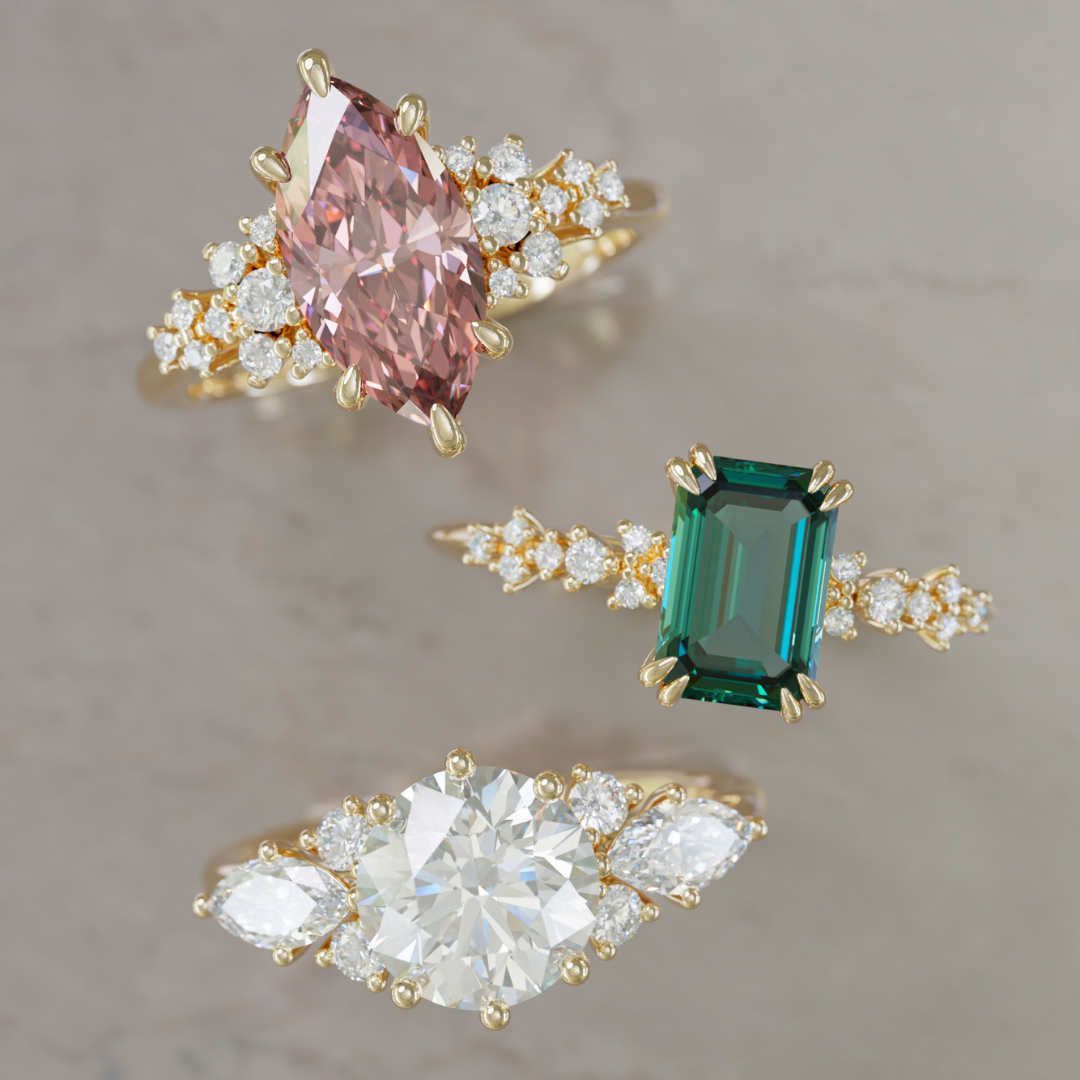



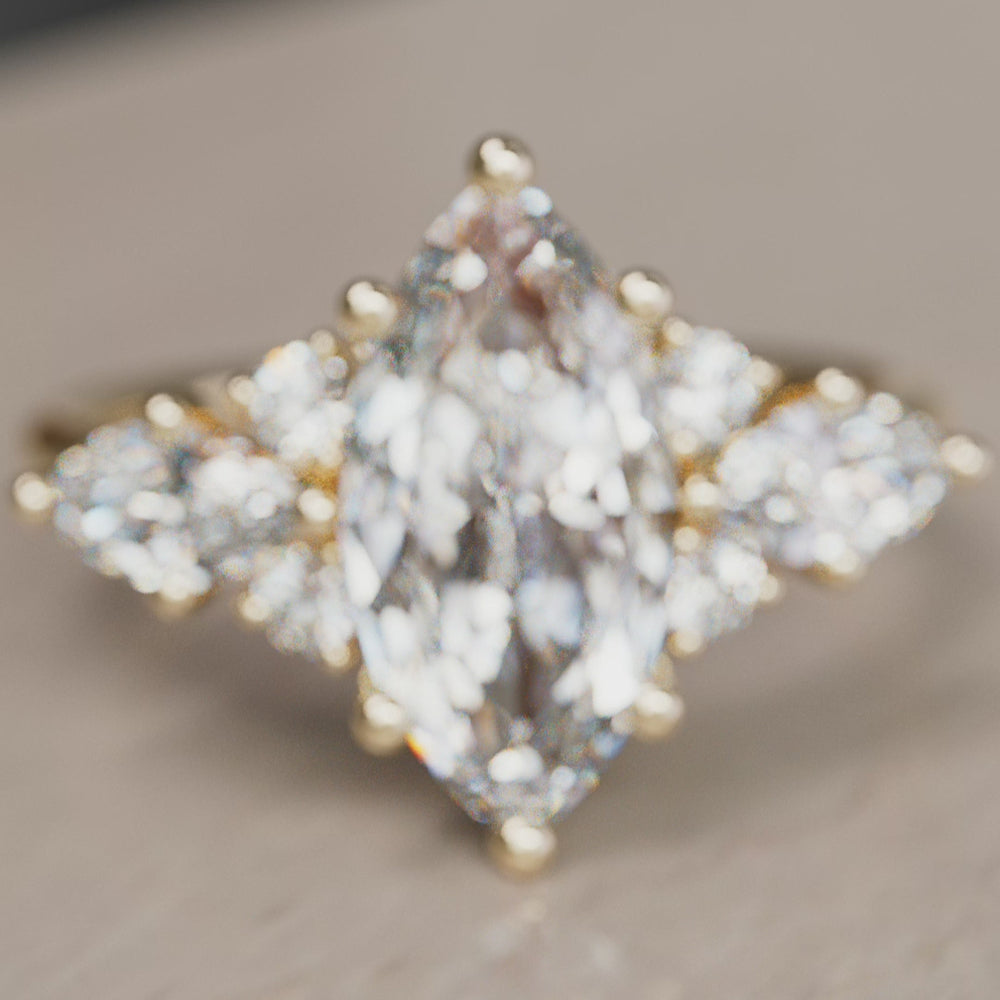


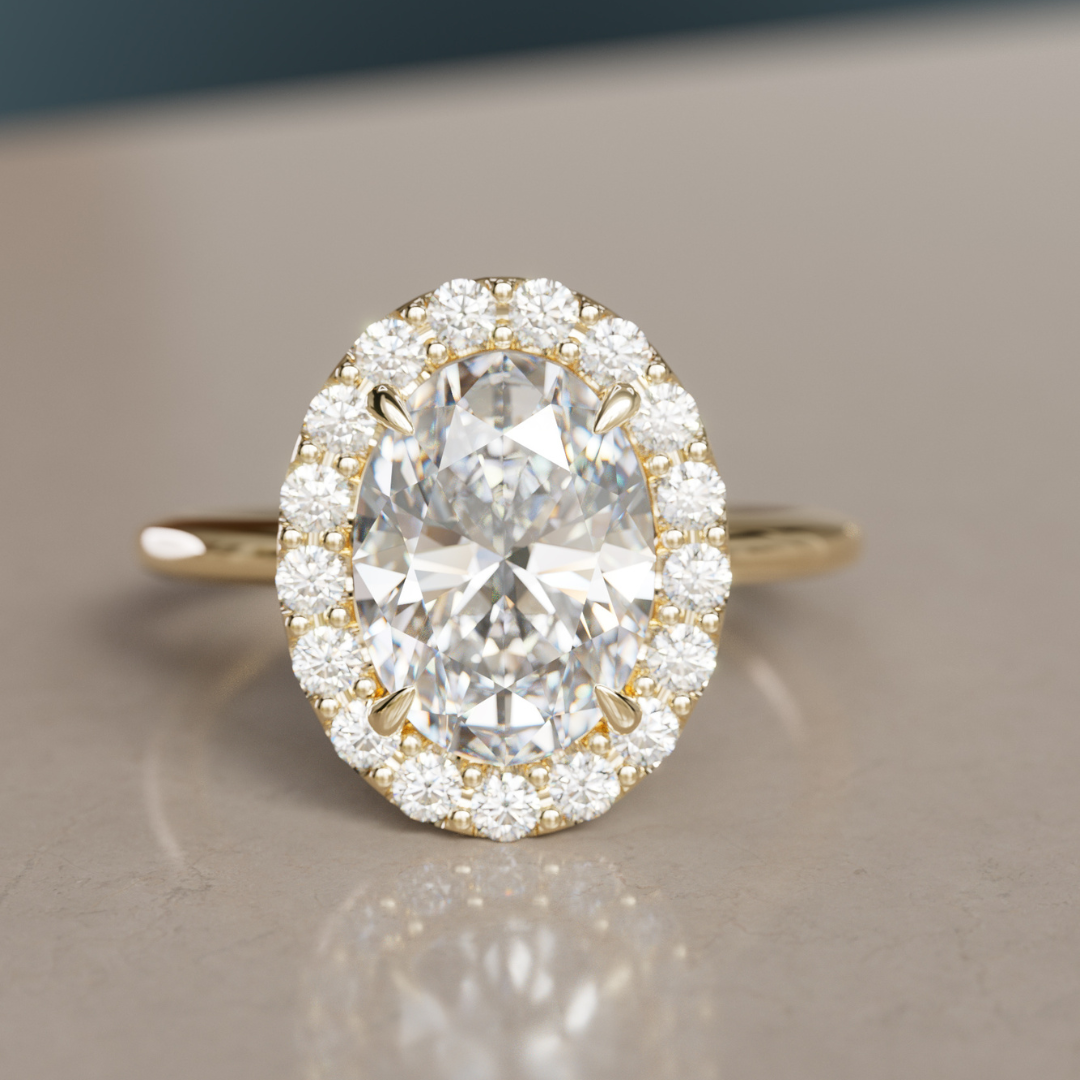
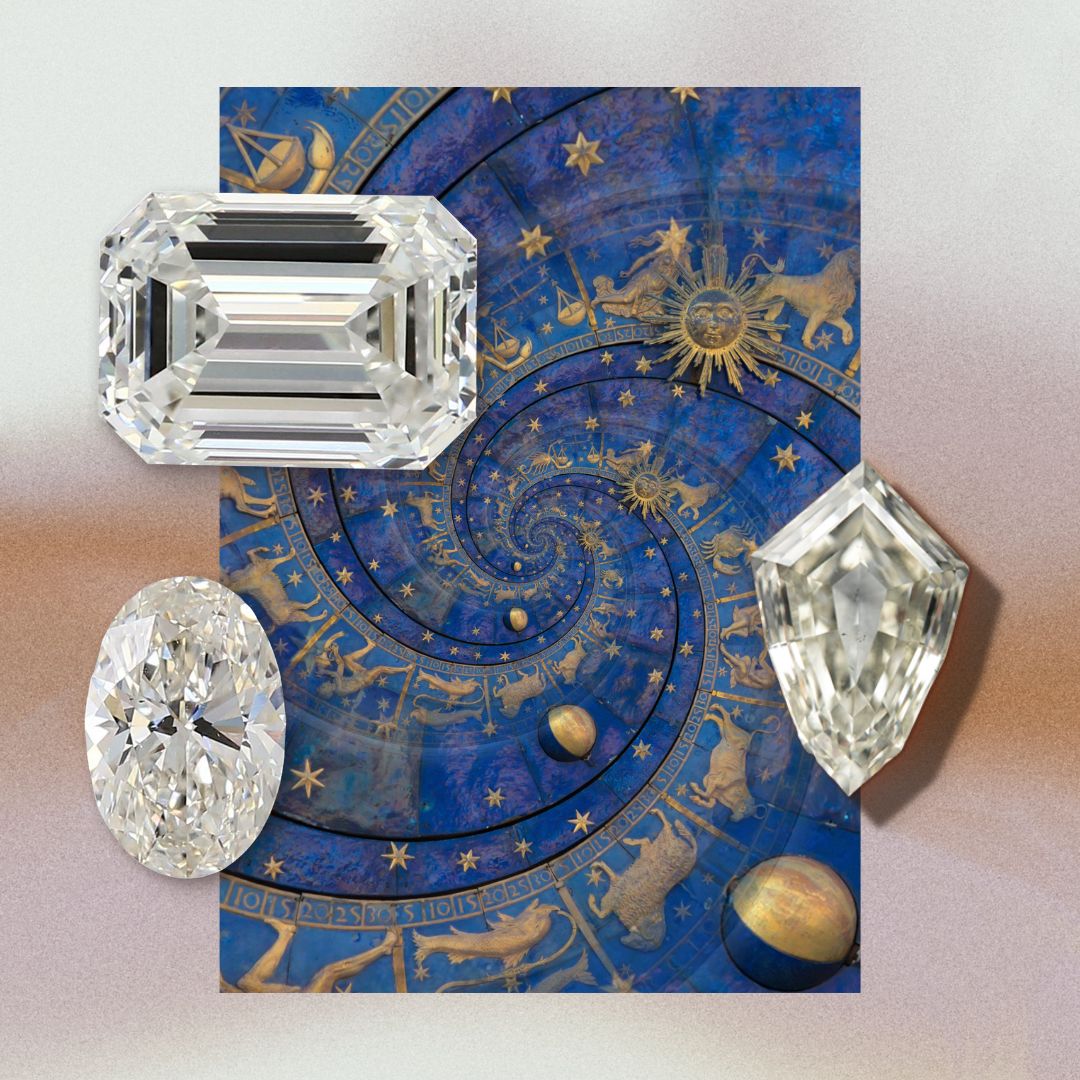





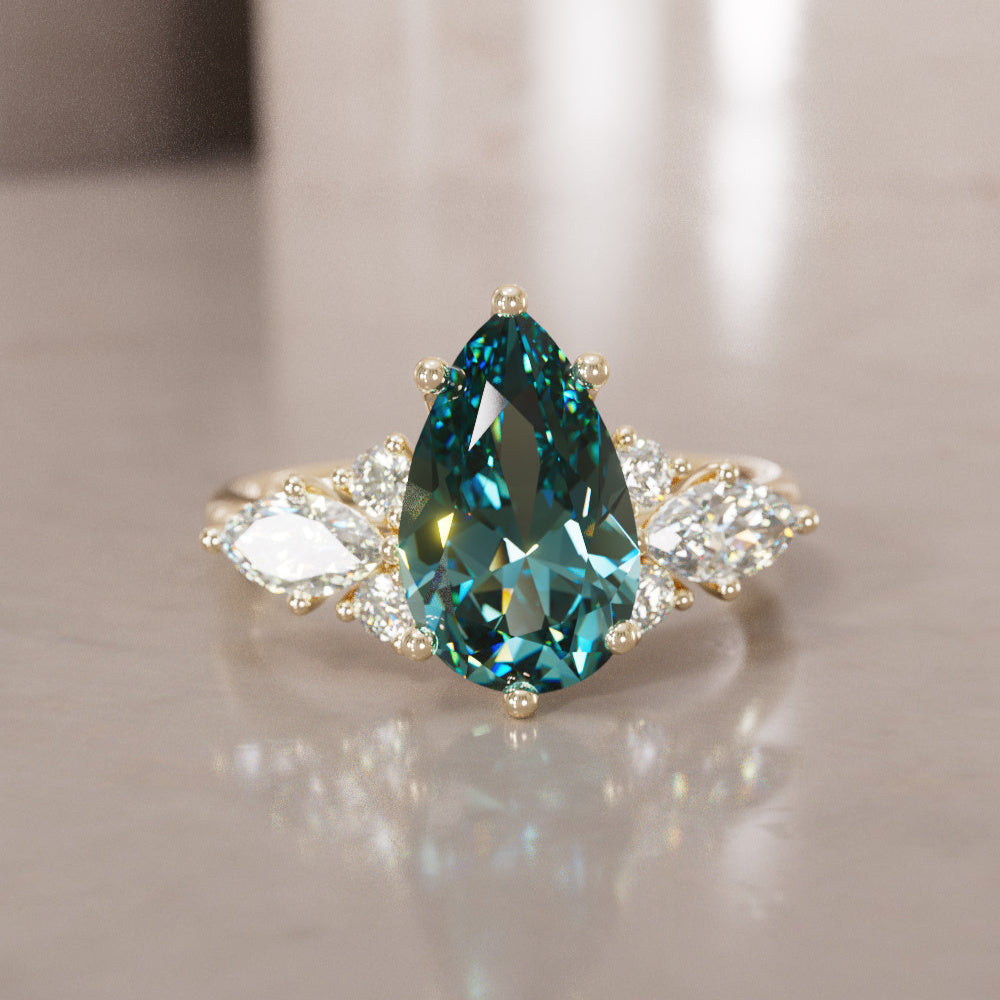
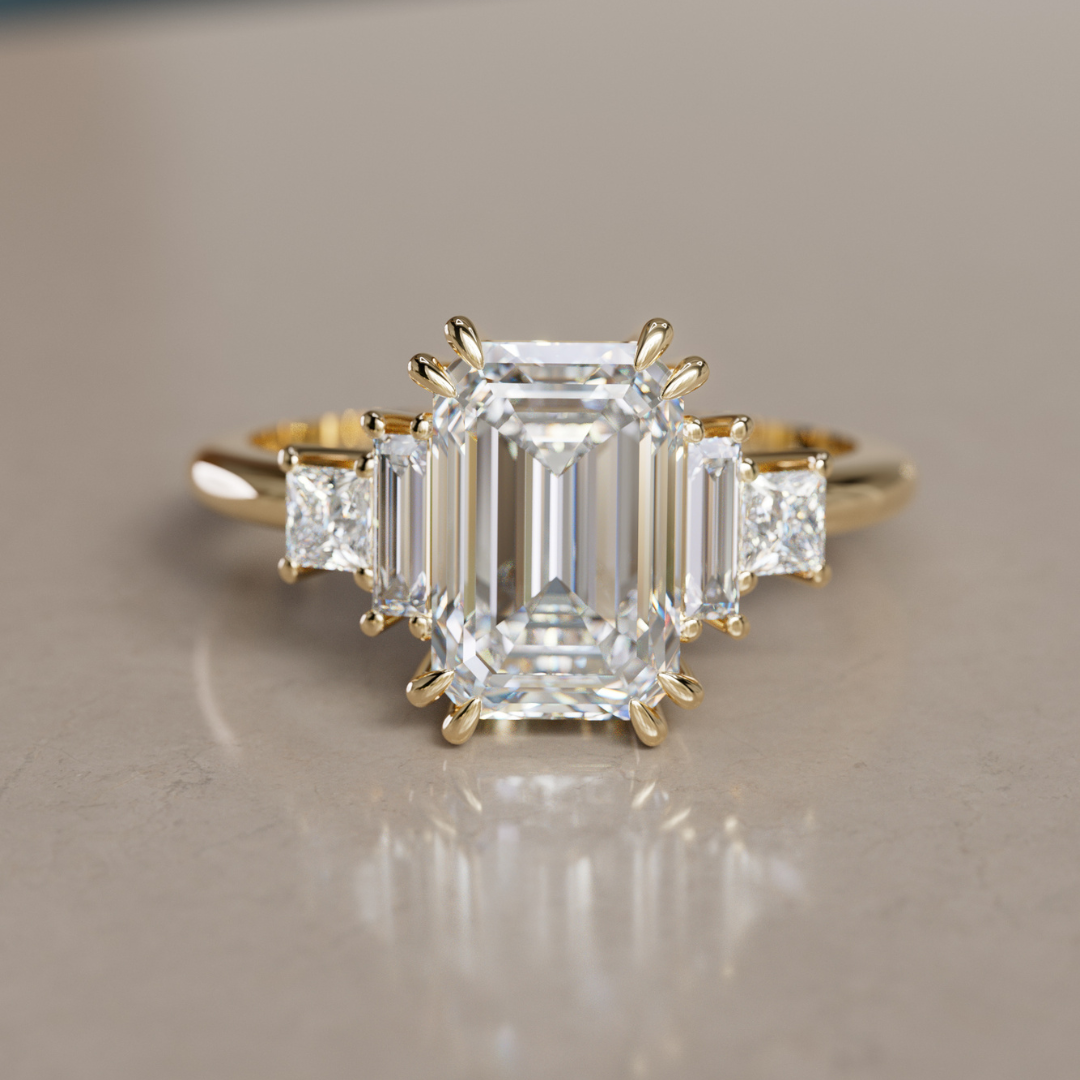

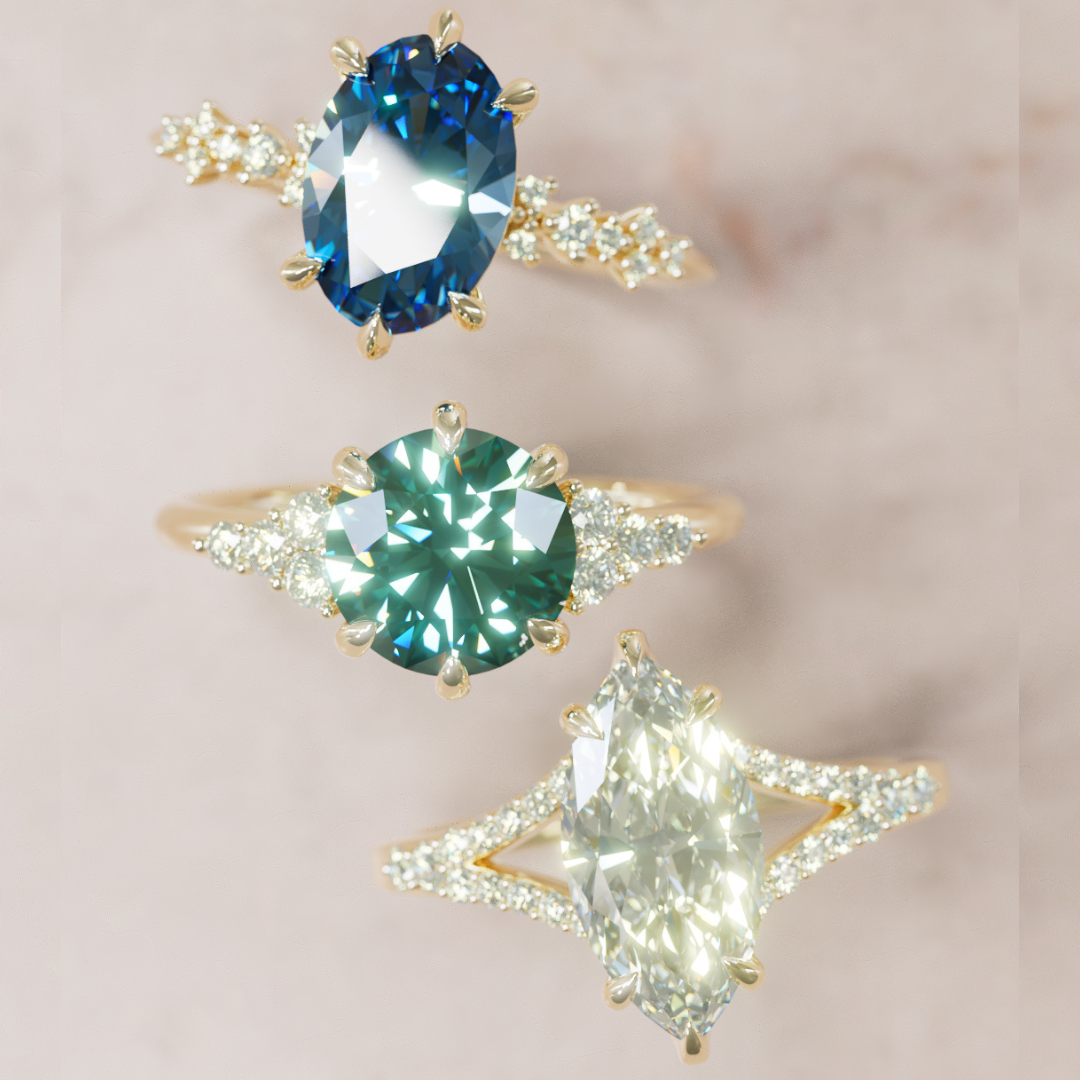
Leave a comment